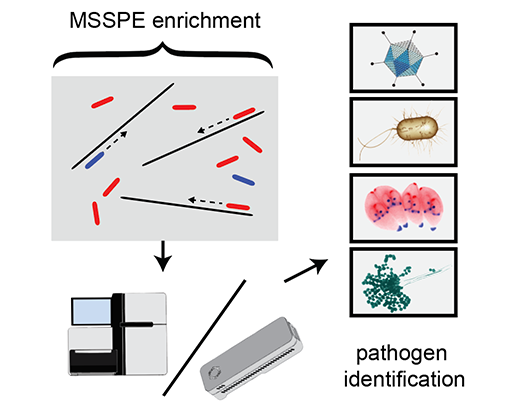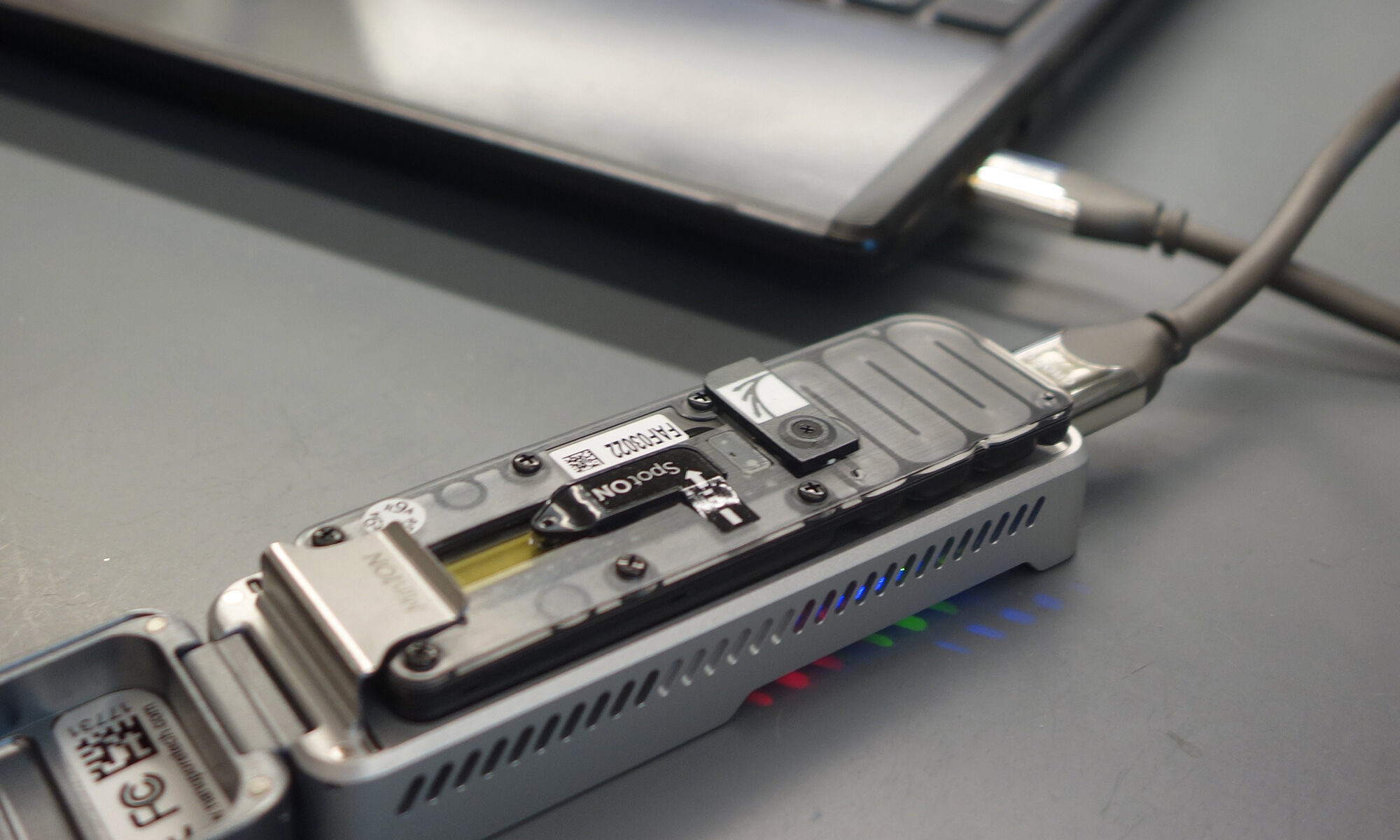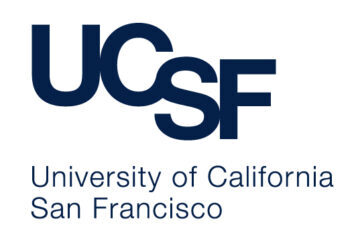
We also tried 9mers, 17mers, and 21mers. At the shorter length (9mers), the degree of enrichment is significantly less, and not much better than random. With 17mers and 21mers, we also saw enrichment, but more primers were needed to have the same coverage for a fixed set of viral genomes, and also there were design challenges due to higher potential cross-/self-hybridization (especially with the 21mers). The oligo lengths are probably better if you are focused on sequencing just one or a few viruses at a time (i.e. sequencing during a Zika outbreak).
Yes, this is certainly possible with more primers. We have tested up to ~5,000 at a time, and we have not yet reached the upper limit. You can choose make the genome coverage sparser in order to incorporate a larger number of viral groups and increase the breadth of taxa that are detectable, or simply increase the number of synthesized spiked primers until you see evidence of interference. Note that we targeted >2,000 HIV viral strains; the less sequence diversity and fewer human pathogenic representatives for a given viral family/genus, the fewer spiked primers you would theoretically need to cover the different viruses (i.e. Orthomyxoviridae versus Bunyaviridae).
Yes, in fact, we are trying this strategy now for DNA pathogens and DNA targets. Using these spiked primers in combination with isothermal amplification methods such as MDA may potentially work well.
Yes, we discovered a novel virus from an unrelated family whilst using the spiked primers. More to come soon.

